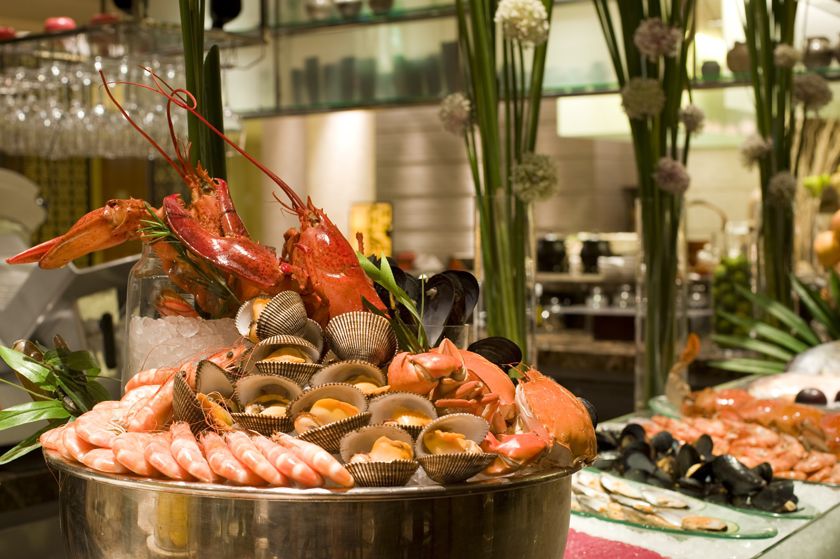Introduction
Complex and utterly compelling, China's capital is an intoxicating blend of old and new, a world powerhouse where cutting-edge innovation and ancient tradition are intertwined in the rich fabric of daily life and the dichotomies of modern China are laid bare to spectacular effect.
Tiananmen Square
Any trip to Beijing usually begins with a visit to Tiananmen Square, the vast concrete expanse at the heart of the modern city. This ‘Square of the Gate of Heavenly Peace' is still bordered by 1950s communist-style buildings – the Great Hall of the People and the Museum of the Chinese Revolution – and dominated by a giant portrait of Chairman Mao. It was here Mao hoisted the red flag proclaiming the foundation of the People's Republic and where he still lies in his marble memorial hall.
Forbidden City
The Forbidden City at the north end of Tiananmen Square has been the seat of Chinese imperial power since the Ming Emperor Yongle began ruling his dynasty from its heart around 1420. The Imperial Palace (Gugong) is China's most magnificent architectural complex and was built at the symbolic centre of the universe using the strict geomantic principles of yin and yang.
The Temple of Heaven
The Temple of Heaven, or Tian Tan, is one of the largest temple complexes in China and has been at the heart of imperial ceremony and symbolism since its construction during the Ming Dynasty. It was here the emperor, or Son of Heaven, would make sacrifices and pray to his ancestors at the Winter Solstice. It is located 2 km south of Tiananmen Square.
Summer Palace
The sprawling Summer Palace outside Beijing served as a summer retreat for the Qing Dynasty and is most associated with the Empress Dowager Cixi, who used it as her personal pleasure ground. Highlights include the lakes and bridges, Marble Boat, Bronze Pavilion, and Longevity Hill.






